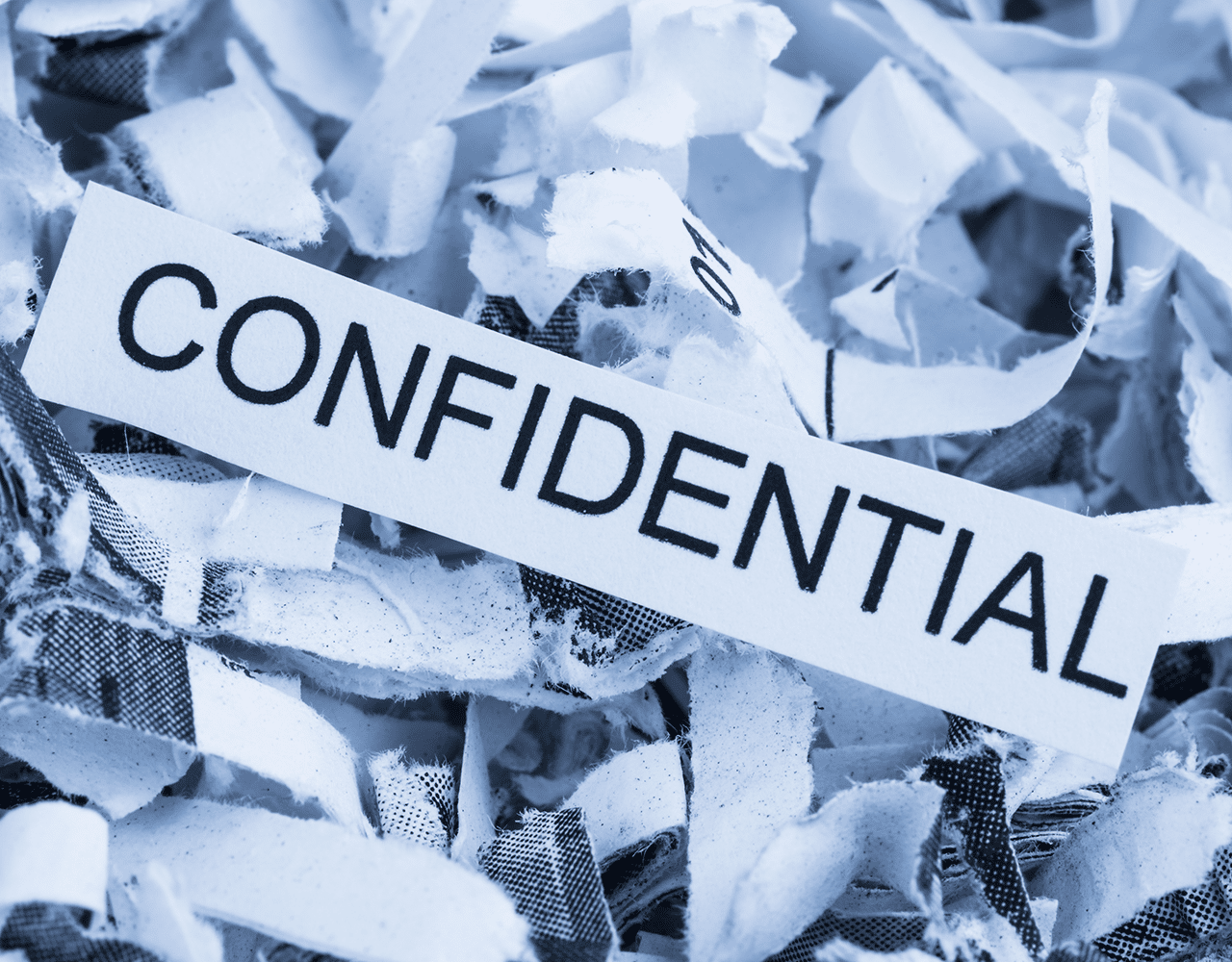The world is changing at a rapid pace and with it, comes an increase in the number of confidential documents being created and used. This can make it difficult to recycle these documents safely and securely, but with the right steps, you can get the job done easily. To recycle privileged documents you can consult professionals.

Image source google
How to recycle confidential documents safely and securely
There are many ways to recycle confidential documents safely and securely. One way is to send the documents to a secure shredding company. Another way is to make copies of the documents, seal them with a tamper-proof adhesive, and store them in a safe place. You can also encrypt the document files before you send them so that only people who have the correct password can access them.
Recycling confidential documents can be a safe and secure process, if done correctly. To ensure your documents are recycled safely and securely, follow these tips:
1. Ensure the document is properly shredded. Shredding destroys the document's confidentiality, so make sure the document is shredded into small pieces that cannot be reassembled.
2. Use a secure recycling facility. Only use secure recycling facilities that have been appropriately approved by your organization's security policy or compliance department. These facilities will take care to protect your confidential information from being compromised in any way.
3. Store shredded documents properly. Keep shredded documents stored in a safe and secure location away from other sensitive data and materials.


